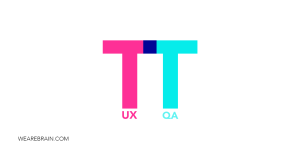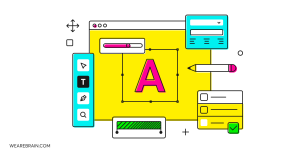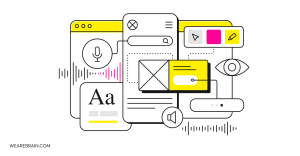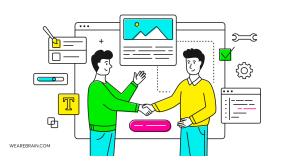There is a difference between user testing and usability testing — and you should know it
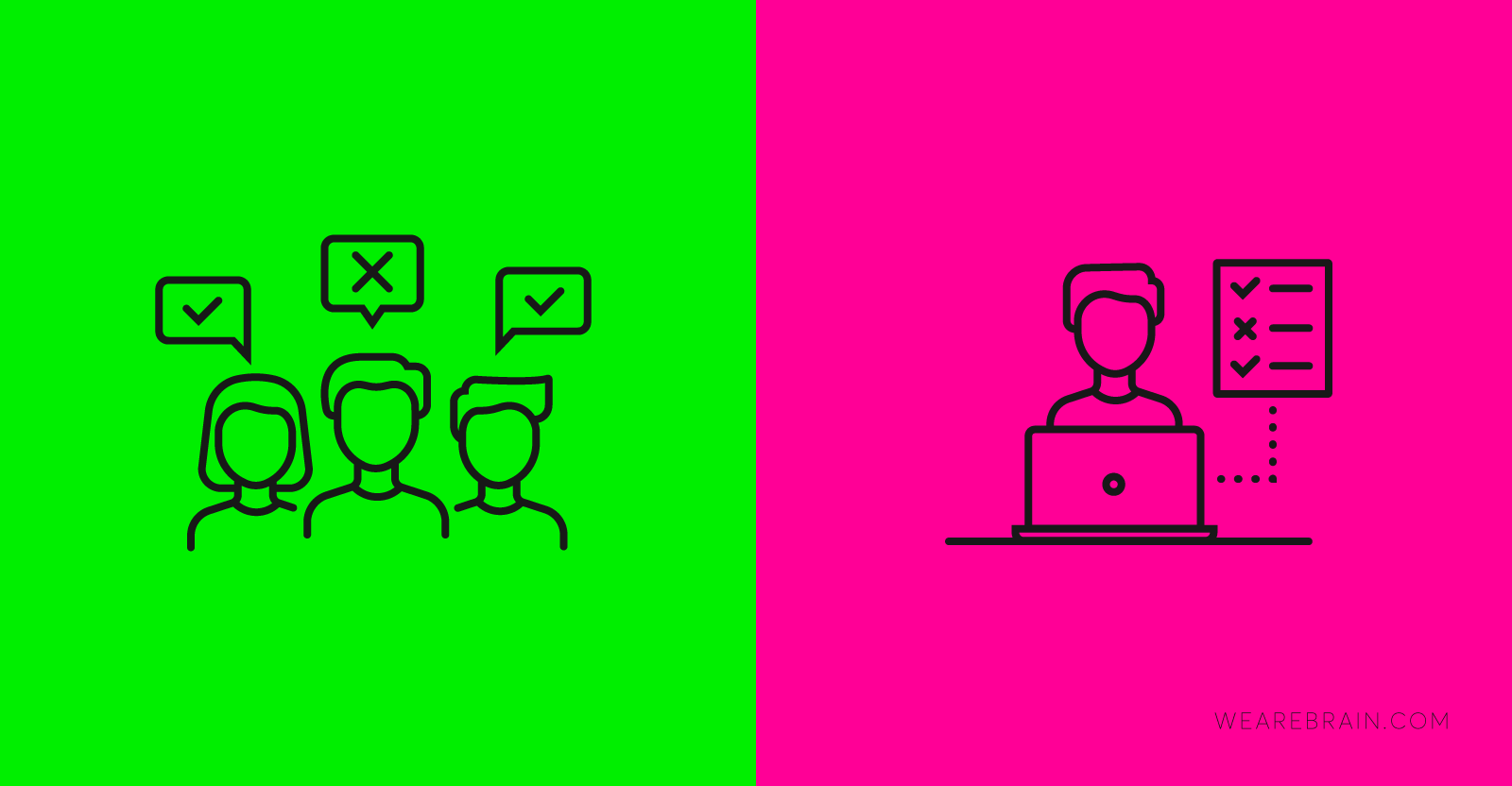
For many, user testing and usability testing is just a case of semantics but truthfully it’s not. Both of these types of testing differ from each other significantly and are equally as important to seeing ideas or products come to life, such as when you are planning to build your own app.
So what’s the difference then?
Thanks to our awesome design team this nifty little graphic explains it perfectly.
User testing is when you research whether or not there is a need for your product or solution. You’ll be trying to work out if people will use what you plan on building and if it resolves a challenge they’re facing. While usability testing is when you actually test whether or not users are able to use the product or solution you’ve built.
Here’s a practical example
In early 2007, two designers called Brian Chesky and Joe Gebbia realized they couldn’t afford the rent on their San Francisco apartment. Not wanting to give it up, they made a plan to create a lodging space in their loft. ‘ We didn’t want to post on Craigslist because we felt it was too impersonal. Our entrepreneur instinct said ‘build your own site.’ So we did.” says Gebbia.
There was a design conference coming to town and there were limited hotel rooms available so when they put their landing page up they quickly got 3 guests who would pay $80 a night with a promise of a blow-up mattress and home-cooked breakfast every morning. After this first weekend, they continued to get emails from people far and wide telling them exactly what they wanted and needed. Unknowingly, they were conducting user-testing. They learnt that people would be very open to a cheaper (more private and personal) experience than what was offered at hotels. ‘Ultimately, while solving our own problem, we were solving someone else’s problem too.’ said Gebbia.
Shortly after, they enlisted a previous roommate Nathan Blecharczyk, to help them get Airbed and Breakfast off the ground. We all know this little venture as Airbnb which is now estimated to be worth more than 1 billion dollars.
From there, the three partners/friends used various models to gather customers and listings, even tapping into the huge Craigslist user base. They created an easy to use duplication code to simultaneously list on both their site and Craigslist. This replaced the randomly allocated (private) email address supplied with your Craigslist account with the Airbnb listing URL. The move was not sanctioned, and considered dubious by some, but that’s years ago, with lots of water under the bridge.
During those years and with some finessing, Airbnb grew and now operates completely independent of any other platform. How this happened was through usability testing. As they moved from idea to startup, to billion-dollar enterprise they released several iterations of their site and eventually created an app. Some of their early testing revealed that low booking rates on some properties were directly related to poor pictures of the spaces advertised. So they decided to hire professional photographers to take photos of different homes and apartments to make them look more attractive. It’s important to note that they were aware that the usability of their platform and the concept as a whole did not stop on their site but rather involved the entire experience.
Source: The Airbnb Story — Leigh Gallagher
Does it make sense? Now that we know the difference let’s look at each type of testing in a little more detail.
If your idea marks X, then user testing is the treasure map
Put quite simply, conducting user testing is actually supposed to be the proof point that your idea is valid and people actually want or need what you’re proposing. It can be done by an easy-to-answer survey, or if you have the cash to splash, through focus groups where you discuss the topic at hand and ask specific questions to determine if your idea is something people would use.
It’s important to do because it really is the first step in determining success. Something may be a bugbear for you but doesn’t bother anyone else in the least.
Usability testing, on the other hand, is slightly more complicated but luckily there are several ways to find out if a user can actually use your product.
Usability testing is the key to the treasure chest
Ok, yes, so maybe I might have watched the Pirates of the Caribbean Trilogy recently but the analogy still makes sense. In short, usability tests are processes designed to observe and track real people while they use your product.
These tests are conducted to measure the user-friendliness of your product. They harvest insights in order to develop the most efficient user experience and design for your product. But, you don’t only do usability testing prior to launch, you should also be doing them on current releases to identify possible pain points that users are having with the current version of your product so that you can solve them.
When conducting usability testing you should be asking yourself the following questions:
- Do people enjoy using your product?
- Are users able to successfully complete pre-determined tasks?
- Does the product match your core target’s expectations?
There are several types of usability tests, from those you may be most familiar with like A/B testing and eye-tracking to types you may not really know well like benchmarking and learnability. Luckily, Elementary created this little guide explaining briefly the different types of tests you may want to conduct and when they would be most appropriate.
So that’s it in a nutshell. As you can see, user testing and usability testing are quite distinct from each other. But they are both are equally important en route to a successful product that users want and love to use.
Anastasia Gritsenko
Working Machines
An executive’s guide to AI and Intelligent Automation. Working Machines takes a look at how the renewed vigour for the development of Artificial Intelligence and Intelligent Automation technology has begun to change how businesses operate.




